No dose of Tylenol is going to ease your arthritis pain — no matter what your doctor tells you.
It’s important to know the benefits and risks associated with each medication to determine which ones are right for you.
And a team of researchers from the University of Bern, in Switzerland, has just proved it.
The researchers gathered data from 74 randomized trials involving 58,500 patients. And what they discovered was that acetaminophen — marketed as Tylenol in America and Paracetamol in Europe, Australia and elsewhere — has no impact at all on osteoarthritis pain, no matter what the dosage.
Arthritis Treatments Can Have Side Effects
Tylenol also puts arthritis sufferers at risk of serious side effects if taken in high doses over long periods.1

In the U.K., the government’s medical watchdog has already advised doctors to stop prescribing the pills for long-term treatment of arthritis. And they’ve warned of health impacts, like heart, kidney and intestinal problems.
But here in the U.S., doctors are still pushing these dangerous drugs as if they were candy.
I’ve been helping patients prevent, treat and beat arthritis for years without these painkillers. I do it with dietary changes that include a special arthritis-fighting nutrient, which I’ll tell you about in a minute.
What is Osteoarthritis?
Osteoarthritis, the most common form of the joint condition, is the leading cause of pain among the patients I see over the age of 50, and it strikes more women than men.

But like many of today’s chronic health problems, osteoarthritis is an inflammatory condition — in this case, it’s your joints that are impacted —caused by the breakdown of cartilage. In severe cases, you’re left with bone rubbing on bone.
A modern inflammatory diet, genetic factors and physical injury all play a role in developing the condition. Environmental toxins and pollutions also trigger inflammation and contribute to the disease.
How To Treat Arthritis Naturally
That’s why I treat arthritis by helping my patients cool the inflammation with diet and nutrients — like vitamin K2.
I also recommend a special herb called Ocimum sanctum linn, more commonly known as holy basil. This herb is so important, I’ve devoted an entire chapter to it in my forthcoming book, Healing Herbs of Paradise.

You see, Holy basil contains dozens of inflammation-reducing nutrients, including one called ursolic acid. This nutrient inhibits the inflammatory COX-2 enzyme, but without the nasty side effects of pharmaceutical drugs.2
It also inhibits the 5-lox enzyme, which converts arachidonic acid in your body into highly inflammatory and cartilage-degrading enzymes called leukotrienes.
Holy basil and long and ancient history is used to treat arthritis by practitioners of Ayurvedic medicine, the world’s oldest health system. Numerous modern clinical studies have also confirmed holy basil’s pain-relieving and inflammation-reducing power.3,4
You can purchase holy basil at most health food stores or on the Internet. To make a tea, all you need are a few leaves, dried or fresh, of the holy basil plant.
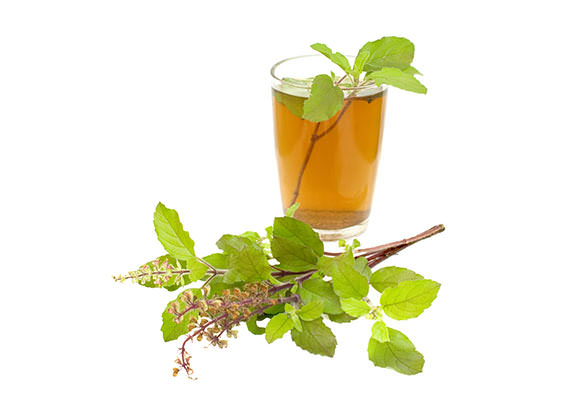
- First, heat a quart of water.
- Put in 3 heaping teaspoons of leaves.
- Let them decoct for about 5 minutes.
- Strain into a cup or glass.
You can also get holy basil capsules — but make sure the product you’re buying has at least 2.5% ursolic acid to get the anti-inflammatory effect. I recommend 150 mg three times a day.
I also recommend vitamin K2 as an effective for treatment for osteoarthritis — and rheumatoid arthritis.
This forgotten vitamin not only helps reduce inflammation, but it also helps your bones absorb calcium to keep joints strong.
You don’t need a whole lot of vitamin K2 to reap its benefits. In one study, patients with osteoporosis received 45 mg per day for 24 months. Researchers found that the vitamin K effectively prevented fractures and helped sustain lumbar bone mineral density.5
Sadly, the modern Western diet is deficient in vitamin K2. But you can get plenty of K2 by eating traditional primal foods like our ancestors did.
Here are a few ways to make sure you’re getting enough vitamin K.
- Grass-fed Organ Meats – If you’ve got a taste for it, liver is an excellent source of K2. Personally, I love liver and onions. But make sure you get your organ meats from grass-fed, free-range cattle. Animals that eat grass convert vitamin K1 from the greens into K2. If they eat grains they don’t get the raw materials to make the conversion.
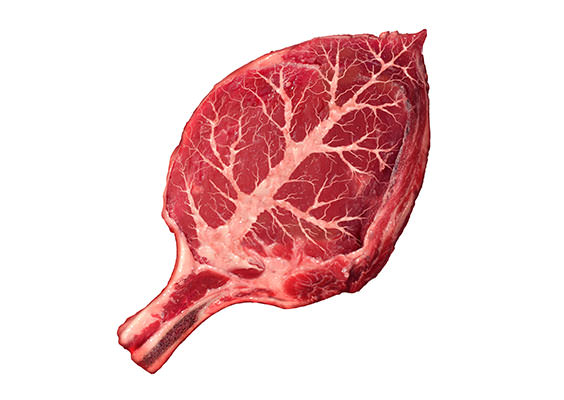
- Egg Yolks – I’ve been telling my patients for years that eggs are not the enemy. They’ll give you a good dose of K2, as well as plenty of other vitamins and nutrients. Whenever possible, choose pasture-raised, vegetarian-fed eggs.
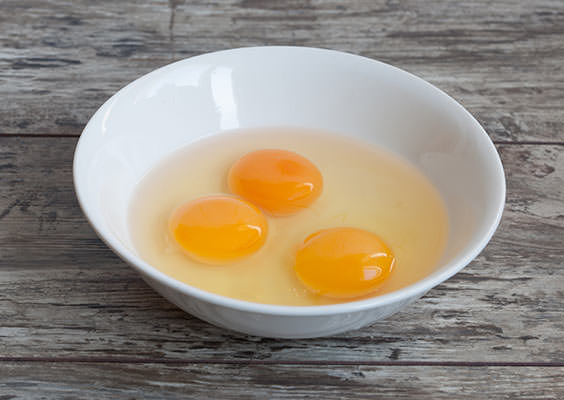
- Grass-fed or Raw Whole Milk – Like organ meats, milk from grass-fed animals is rich in vitamin K2. Make sure it’s full-fat, and if possible, I would even recommend raw milk. Many states have co-ops that sell it. But check your local laws, as some states make raw milk illegal.
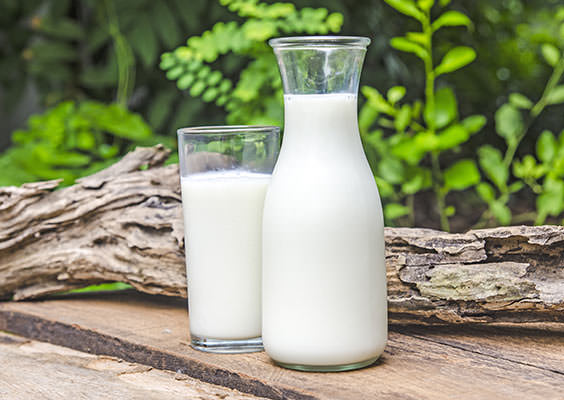
- Traditionally Fermented Cheese – Cheeses highest in K2 are Gouda and Brie. Each contains about 75 mcg per ounce. Other good choices are Edam, Emmental and Jarlsberg.
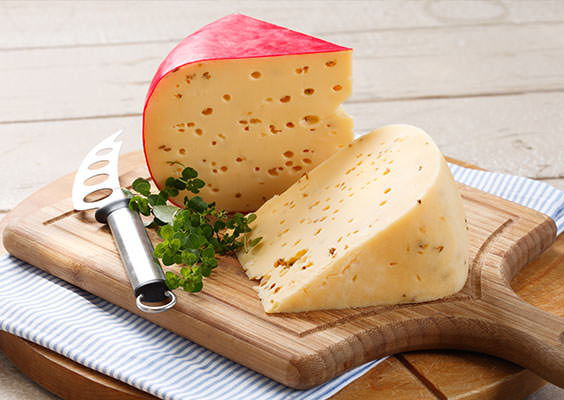
You can also take a vitamin K2 supplement. Just remember that K2 is not the same as K1. Vitamin K1 helps with blood clotting but not bone and joint health.
Vitamin K2 comes in several different forms called menaquinones. Look for a supplement with the MK-7 form. It is much more bioactive than MK-4 and has a half-life of three days, so it has time to build up in your blood.
I recommend starting with 45 mcg of vitamin K2 per day, and building up gradually to 90 mcg. And it’s fat-soluble, so take it with a meal to improve absorption.
To Your Good Health,
![]()
Al Sears, MD, CNS
1. Da Costa BR, Reichenbach S, Keller N, et al. Effectiveness of non-steroidal anti-inflammatory drugs for the treatment of pain in knee and hip osteoarthritis: a network meta-analysis. The Lancet. Published online March 17 2016.
2. Ringbom T, et al. “Ursolicacid from Plantago major, a selective inhibitor of cyclooxygenase-2 catalyzed prostaglandin biosynthesis.” J Nat Prod. 1998; 61:1212-15.
3. Godshani S, et al. “Ocimum sanctum: an experimental study evaluating its anti-inflammatory, analgesic and antipyretic activity in animals.” J Ethnopharmacol. 1987;21:153-63.
4. Marc Maurice Cohen. Tulsi – Ocimum sanctum: A herb for all reasons. J Ayurveda Integr Med. 2014 Oct-Dec; 5(4): 251–259.
5. Shiraki M, Shiraki Y, Aoki C, Mirra M. Vitamin K2 (menatetrenone) effectively prevents fractures and sustains lumbar bone mineral density in osteoporosis. J Bone Miner Res. 2000 Marl 15(3):515-21.
